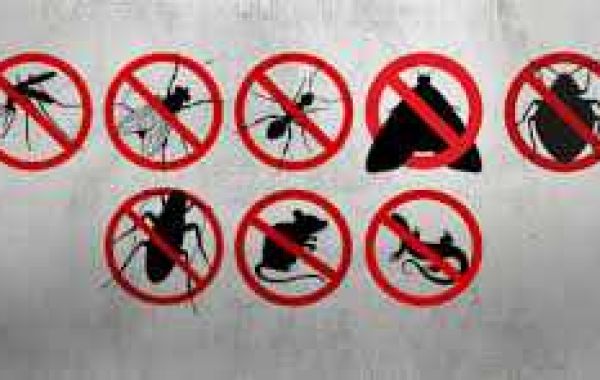Methods of controlling aphids
Aphids gather to obtain food in large groups on the leaves and stems of plants, yet they can be found as single insects, and they can cause serious pests to plants that impede their growth. viral diseases, and are characterized by the fact that they do not move quickly when disturbed; Therefore, they can be distinguished from insects that may be confused with them, such as: leafhopper insects.
Aphids usually attack the juicy parts of the plant, the underside of the leaves, and feed on plants using piercing sucking mouth parts, and during that they inject some types of toxins that can distort plant tissues, and produce sticky secretions called honeydew (in English: honeydew) on the surface of the plant that resemble It has the consistency of a sugary drink, and aphids can be combated in several ways, including:
Agricultural control
It is possible to get rid of aphids through agricultural control or cultural control in the field of agriculture (in English: Cultural Control) by making some modifications to the environment in which the plant grows, and examples of that are:
Check the land before you start planting, and get rid of weeds that can accumulate aphids; To avoid transmission to agricultural crops after their growth.
Pruning the branches of large trees that provide dense canopy encourages the growth of aphids; The area becomes less suitable for him.
Pruning leaves and new shoots infested by aphids immediately after the infestation has occurred before the insects move to other parts.
Use an appropriate amount of nitrogen fertilizer; Because the high concentration of these fertilizers encourages the growth of aphids, and it is recommended to use the less soluble forms and use them in small batches throughout the season instead of applying a large amount at once. compost in this case.
Growing seedlings under protective covers inside the garden, or inside greenhouses; Because they are subject to severe damage if infected with aphids in the early stages, and after the seedlings become more tolerant, they can be moved abroad. On the other hand, protective covers help prevent the spread of viruses transmitted by aphids.
Covering the soil with an organic cover (in English: Mulch) when growing aphid-sensitive vegetables such as summer squash and melons; Because it repels aphids and other insects on the one hand, and because it reflects the sun's rays on the leaves on the other hand, which enhances the growth of the crop, in addition to its role in controlling and eliminating weeds. Covers can be purchased in the form of silver-colored plastic rolls, or made using spray-coated construction paper. , or transparent plastic, and when using a plastic cover, the drip irrigation method must be used, and in all cases the reflective cover must be removed when the temperature rises to prevent the plant from overheating.
TRANSLATED FROM:








